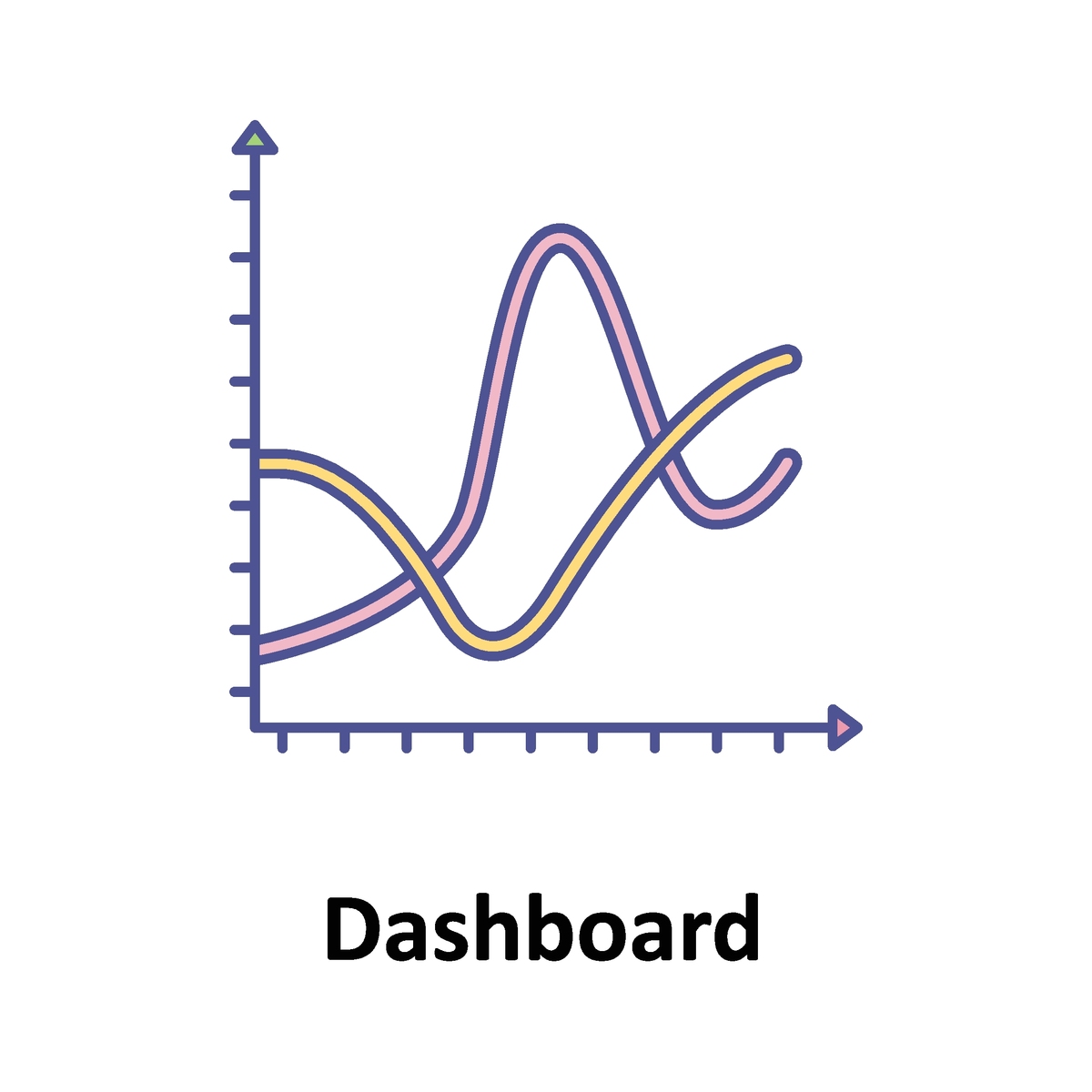Yield Curve Explained: What It Means for Investors and the Economy
The yield curve is a graph that shows the relationship between the interest rates and the time to maturity of debt securities. It's a graphical representation of the term structure of interest rates, reflecting the market's expectations about future interest rate movements.
When the yield curve is 'normal', it means that the interest rates on long-term debt securities are higher than the interest rates on short-term debt securities. This indicates that the market expects interest rates to rise in the future, which is why investors demand higher compensation for tying up their money for a longer period.
Conversely, an 'inverted' yield curve means that the interest rates on short-term debt securities are higher than the interest rates on long-term debt securities. This indicates that the market expects interest rates to fall in the future, which is why investors are willing to accept lower compensation for tying up their money for a longer period.
Generally, a normal yield curve is considered a sign of a healthy economy, while an inverted yield curve is seen as a warning sign of a possible recession. This is because an inverted yield curve can indicate that investors are more concerned about the short-term outlook for the economy and are therefore seeking the relative safety of long-term investments.

原文地址: https://www.cveoy.top/t/topic/mNDk 著作权归作者所有。请勿转载和采集!